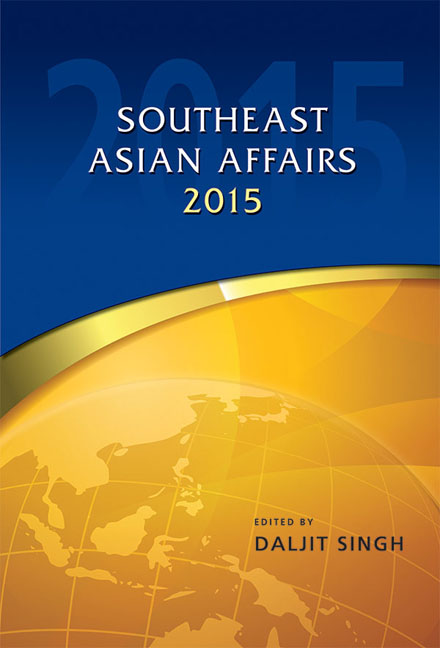Ongoing Conflict in the Kachin State
from MYANMAR
Published online by Cambridge University Press: 19 May 2017
Summary
Background to the Conflict
Even casual observers of the Myanmar political scene will be aware that one of the most difficult and enduring problems that continues to challenge the country's political transition is the need to find a resolution to the manifold conflicts that have taken place in the so-called “ethnic” states. One of the longest of these conflicts has been in the Kachin State, in the north of the country. The Kachin Independence Army was founded in 1961 and entered into armed conflict with the central military regime following General Ne Win's takeover of power in 1962. Although there were some attempts to broker ceasefires during the following decades, the fighting continued more or less without cessation until 1994, when an agreement to retain arms but refrain from violence was eventually signed. In June 2011, this ceasefire in turn collapsed after being in place for seventeen years and the conflict has since then remained stubbornly impervious to resolution. It is proving as difficult as ever it was in the past to find a way forward through negotiation, and the national peace process, centred upon the conclusion of a nationwide ceasefire with all principal ethnic armed groups as promoted by the national government, is floundering once more.
It is a convention in almost any policy document or analysis of the Kachin conflict to begin with a longer history of the Kachin regi on, often invoking, too, a pseudo-anthropological interpretation of kinship and lineage as perennial markers of “Kachin” identity and a means of explaining the nature of this enduring resistance. Typically, too, such analysis will describe the Kachin experience under colonial rule as a decisive factor in explaining the continuation of problems down to the present. This includes the political separation of the Frontier Areas from the rest, the military privileging of ethnic recruits into the colonial army and then the failure and ongoing symbolism of the Panglong Agreement of 1947. The agreement was signed by General Aung San and a number of elite representatives of “ethnic minority” communities with the intention of facilitating the speedy withdrawal of British imperial power on the basis of a future commitment by the Burmese nationalist government to introducing a federal system. This over-arching historical narrative, which is used to explain the emergence and rationale of the Kachin conflict down to the present, is so well-rehearsed that it has become almost impossible to resist.
- Type
- Chapter
- Information
- Southeast Asian Affairs 2015 , pp. 246 - 260Publisher: ISEAS–Yusof Ishak InstitutePrint publication year: 2015

